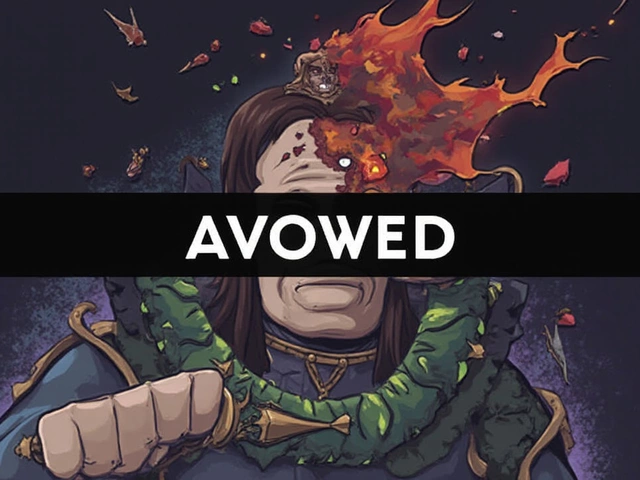Drag Race: The Ultimate Guide for Newbies and Fans
If you’ve ever watched a car roar down a straight line and wonder what’s going on, you’ve seen a drag race. It’s a pure test of speed, reaction, and power over a short distance, usually a quarter mile. At Thrifty Motorsports Hub we keep things simple: drag racing is all about who can cover the distance fastest, from the moment the lights turn green.
What Exactly Is a Drag Race?
A drag race takes place on a straight, level strip called a drag strip. The strip is marked with a starting line, a finish line, and a set of lights – the famous “Christmas tree.” When the lights flash, drivers slam the gas and try to beat the clock. Times are measured in seconds, often to the thousandth, and the quickest run wins.
Cars can range from street‑legal hot hatches to purpose‑built dragsters with huge rear tires and nitrous. The common thread is the focus on acceleration. Many tracks have different classes, so you can compete against similar cars, whether you’re running a modest 4‑cylinder or a supercharged V8.
Getting Started: Tips and Safety
First, find a local drag strip that welcomes amateurs. Most tracks run “track days” where you can try a run without a full competition entry. Bring a car that’s in good shape – check brakes, tires, and fluid levels. A fresh set of drag tires can make a huge difference, but even regular tires work for a first run.Next, learn the launch technique. The goal is to keep the engine in its strongest power band while avoiding wheel spin. Many drivers use a “staggered” throttle: press the clutch in, rev to the right RPM, then release quickly as the lights go green. Practice the timing; the difference between a good and a great run can be just a fraction of a second.
Safety is non‑negotiable. Wear a helmet, even if the track doesn’t require it. Make sure the car has a fire extinguisher nearby. Some tracks ask for a roll cage for high‑power builds, but beginners can usually run with stock safety equipment.
When you feel ready, sign up for a local event. Most events have a “Novice” class where you race against others in similar cars. Bring a friend to watch – the excitement of a fast run is better shared. After each run, note your elapsed time (ET) and speed at the finish line (MPH). Those numbers will guide you on where to improve, whether it’s lighter weight, better traction, or a tweak to the engine.
Drag racing isn’t just about the cars. The community is friendly and full of advice. Talk to other drivers, ask about gear ratios, tire choices, or how they tune their engines. Online forums and local clubs are great places to learn fast.
Big events like the NHRA Nationals or the UK’s Dragfest draw crowds from around the world. Watching those races can teach you a lot – see how pro drivers handle the launch, the timing of gear shifts, and how they read the track conditions. Even if you never race at that level, the excitement is worth the trip.
In short, drag racing is a thrilling mix of simple rules, raw power, and community spirit. Start with a safe car, practice your launch, and join a local track. Before long you’ll be chopping seconds off your time and feeling the rush of a perfect run. Keep learning, stay safe, and enjoy the speed – the drag strip is waiting for you.





